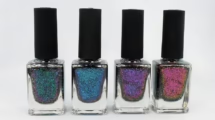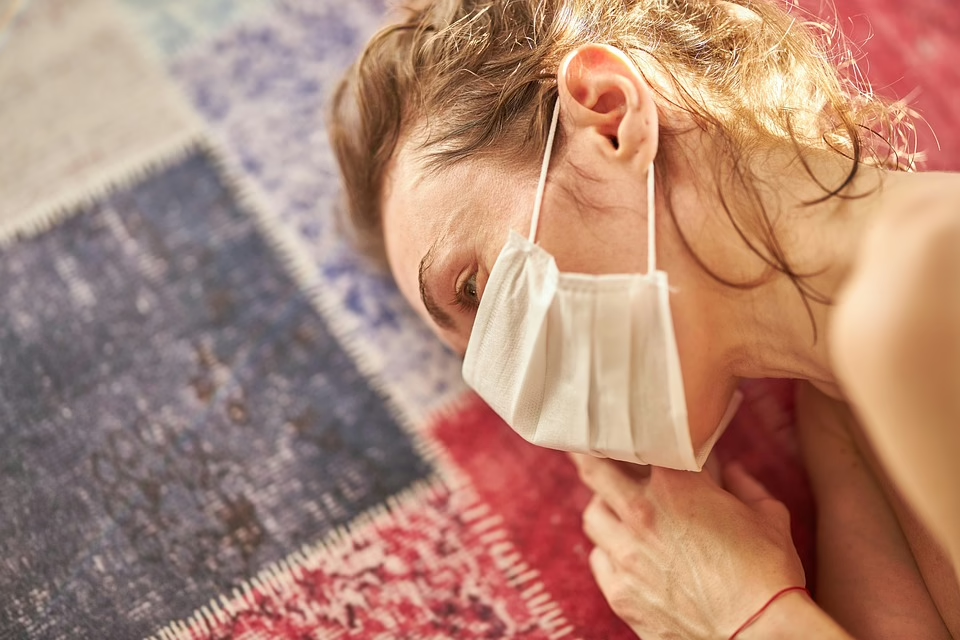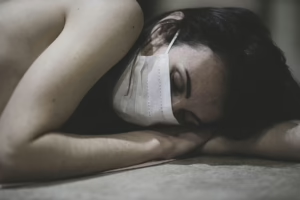Sleep Hygiene 101: Simple Habits for Better Sleep
Sleep is an essential component of good health, yet many people struggle with poor sleep quality. Sleep hygiene refers to a variety of practices and habits that can help improve your ability to fall asleep and stay asleep. This article explores simple habits and the science behind sleep hygiene, providing effective strategies for better sleep.
Understanding Sleep Hygiene
What is Sleep Hygiene?
Sleep hygiene involves a range of practices and habits designed to promote consistent and restorative sleep. These practices can influence your ability to fall asleep, the quality of your sleep, and how rested you feel upon waking. Good sleep hygiene can help reduce insomnia and increase overall sleep satisfaction.
The Importance of Sleep
Sleep is a restorative process that is crucial for both physical and mental health. It helps the body repair itself, boosts immune function, and supports cognitive processes such as memory and learning. Poor sleep can lead to a plethora of health issues, including:
- Increased risk of chronic conditions such as obesity, diabetes, and cardiovascular disease.
- Impaired cognitive function resulting in reduced attention, problem-solving skills, and creativity.
- Mood disturbances like anxiety and depression.
Understanding why sleep is vital underscores the importance of embracing good sleep hygiene.
Key Components of Sleep Hygiene
There are several components to consider when establishing good sleep hygiene. Here are some simple habits to incorporate into your daily routine.
1. Establish a Sleep Schedule
Consistency is Key
Going to bed and waking up at the same time every day fosters a strong sleep-wake cycle. Try to maintain this schedule even on weekends to reinforce your body’s natural rhythms.
Create a Pre-sleep Routine
A predictable wind-down routine signals your body that it’s time to go to sleep. This could include activities such as reading, light stretching, or taking a warm bath.
2. Create a Comfortable Sleep Environment
Optimize Your Bedroom
- Temperature: Keep the room cool. A temperature between 60 and 67 degrees Fahrenheit (15.6 to 19.4 degrees Celsius) is ideal for most people.
- Lighting: Dark environments encourage melatonin production, vital for sleep. Consider blackout curtains or sleep masks.
- Noise Control: Use earplugs, a white noise machine, or calming sounds to drown out noise disturbances.
3. Be Mindful of Food and Drink
Timing
Avoid large meals, caffeine, and alcohol close to bedtime. Caffeine can stay in your system for hours, while alcohol may disrupt sleep patterns, leading to awakenings during the night.
Light Snacks
If you’re hungry before bed, choose a light snack that includes sleep-promoting nutrients, such as bananas, yogurt, or a handful of almonds.
4. Limit Naps
While short naps can be rejuvenating, long or irregular naps during the day can interfere with nighttime sleep. If you need to nap, limit it to 20-30 minutes and ensure it’s in the early afternoon.
5. Increase Daytime Light Exposure
Exposure to natural light during the day helps regulate your body’s internal clock, improving your sleep-wake cycle. Aim for at least 30 minutes of natural sunlight exposure daily.
6. Incorporate Physical Activity
Regular physical activity can help you fall asleep faster and enjoy deeper sleep. Aim for at least 150 minutes of moderate aerobic activity per week. However, try to finish exercising a few hours before bedtime to prevent it from being counterproductive.
7. Manage Stress and Anxiety
Stress and anxiety can impede your ability to sleep. Incorporate relaxation techniques into your day, such as:
- Meditation
- Deep breathing exercises
- Yoga or tai chi
8. Limit Screen Time
The blue light emitted by phones, tablets, and computers can interfere with melatonin production, making it harder to fall asleep. Aim to turn off screens at least one hour before bedtime.
Common Sleep Disorders
Despite practicing good sleep hygiene, some people may still experience sleep disorders that require additional attention. Here’s a brief overview of common sleep disorders:
Insomnia
The inability to fall asleep or stay asleep is known as insomnia. Chronic insomnia can lead to impaired daytime functioning and can be exacerbated by poor sleep habits.
Sleep Apnea
Sleep apnea is characterized by repeated interruptions in breathing during sleep, leading to fragmented sleep and daytime fatigue. This condition typically requires medical treatment.
Restless Legs Syndrome (RLS)
RLS is a neurological condition characterized by an uncontrollable urge to move the legs, often accompanied by uncomfortable sensations. Symptoms typically worsen in the evening or at night.
When to Seek Help
If you have tried implementing sleep hygiene practices but still struggle with sleep, it might be time to consult a healthcare professional. They can help identify potential underlying issues and recommend appropriate treatments or interventions.
Conclusion
Improving your sleep hygiene by adopting simple habits can have profound effects on your overall well-being. A consistent sleep schedule, a comfortable sleep environment, mindful eating, and stress management are all crucial pillars of good sleep hygiene. By prioritizing these practices, you invest in your health, mood, and productivity.
By equipping yourself with the knowledge of sleep hygiene, you can take actionable steps toward a better night’s sleep. Ultimately, striving for balance between your daily routines and effective sleep habits will lead to improved sleep quality and a healthier lifestyle.
Use this guide to identify areas where you can enhance your sleep hygiene. Remember, change takes time, so be patient with yourself as you explore these practices. Sweet dreams!


























Add Comment